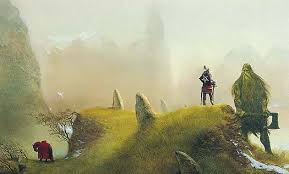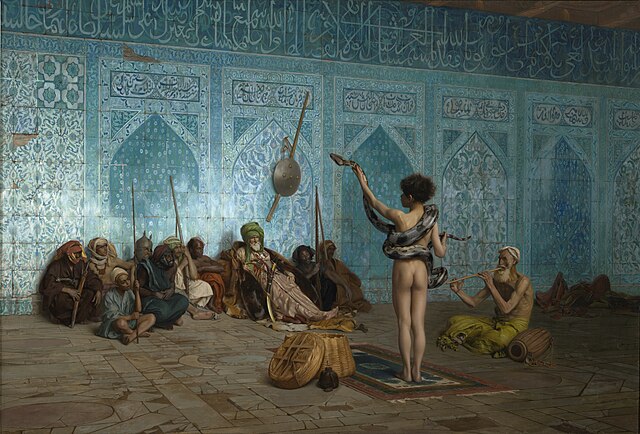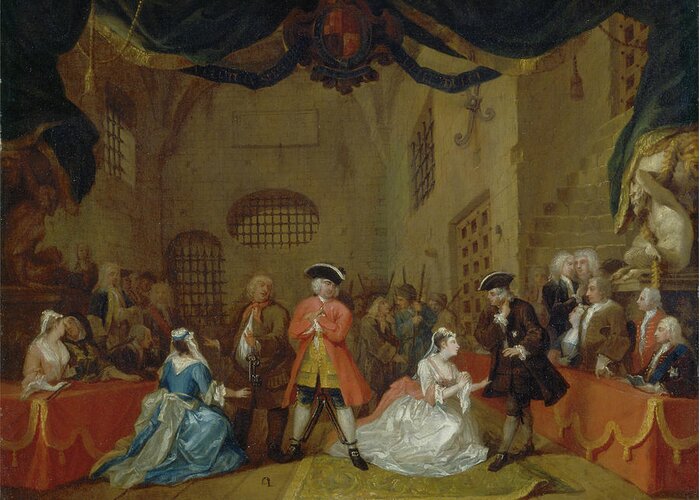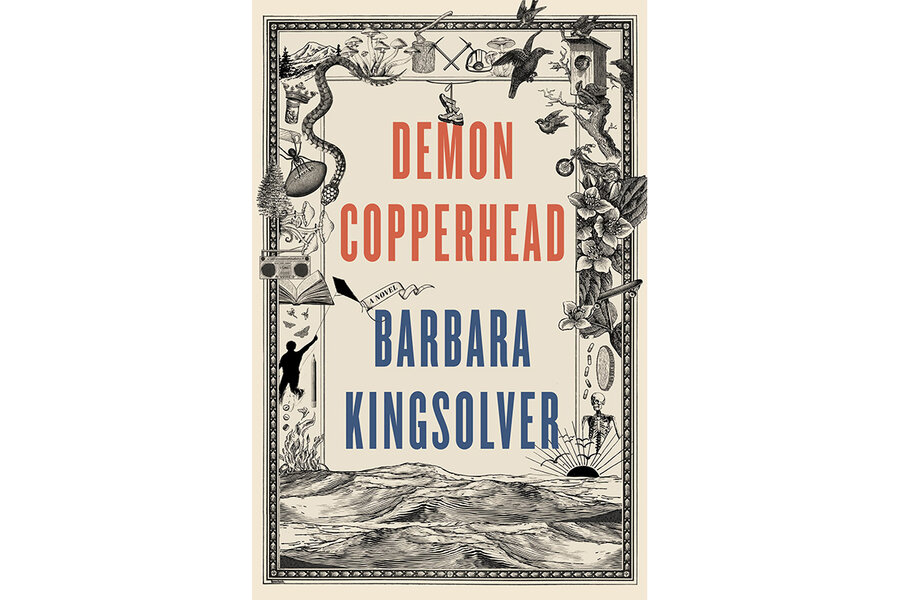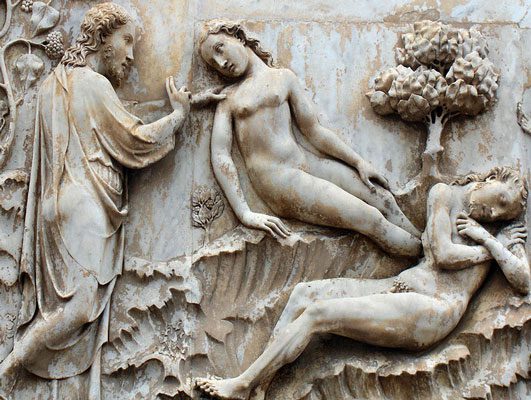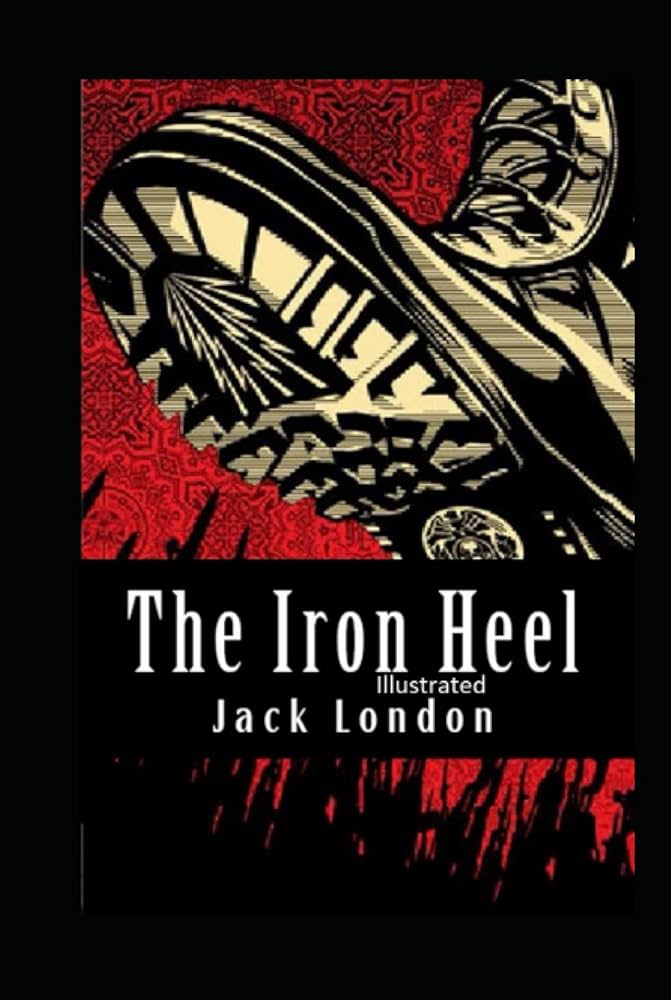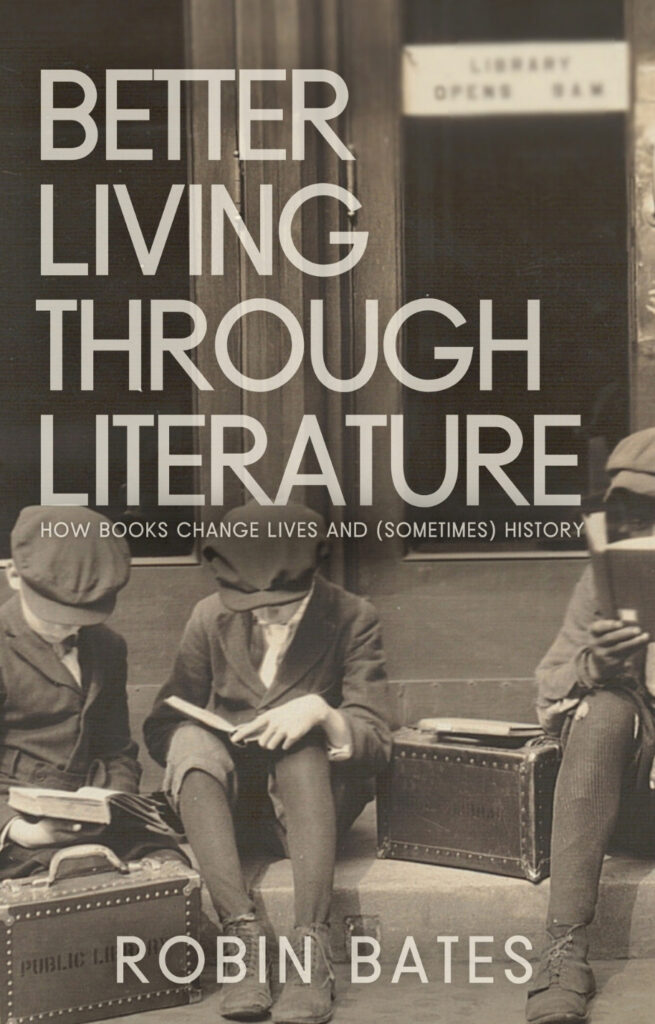Note: If you wish to receive, via e-mail, (1) my weekly newsletter or (2) daily copies of these posts, write to me at [email protected]. Comments may also be sent to this address. I promise not to share your e-mail with anyone. To unsubscribe, write here as well.
Monday
Thom Hartmann, whose Substack blog I read regularly, contends that MAGA has become a death cult and he has an explanation why: it’s in part due to Covid-caused PTSD. The idea brought to mind Sir Gawain and the Green Knight, which I believe was written in response to an even worse pandemic, one that spawned its own share of death cults. Although the author would have had either first or second-hand experience with the 1348-50 Black Plague, which killed off a third of Europe’s population (!!), yet his poem advocates a much healthier response.
Hartmann points to PTSD symptoms that may be showing up in members of Trump’s cult:
-— Hypervigilance and threat sensitivity, causing people to experience heightened alertness to potential and often imagined (like Trump’s lies about Haitian immigrants) threats.
— Difficulty with trust, which may lead to skepticism of official sources and greater reliance on alternative information channels; vulnerability, in other words, to Trump’s lies and his claims of “fake news” when he’s fact-checked.
— Emotional dysregulation, making individuals like Tina Peters, the hundreds of January 6th rioters now in jail, and other Trump followers more vulnerable to emotionally-charged misinformation and MAGA cult membership.
—Cognitive changes impacting critical thinking skills needed to evaluate information that might contradict the lies Trump and his co-conspirators promulgate.
— Social isolation which may limit exposure to different perspectives and fact-checking from others who try to tell MAGA members how deluded and exploited they really are.
— Seeking explanations causing people to have a heightened need to understand and make sense of their experiences, making them more open to MAGA’s anti-science and politically charged explanatory narratives, even when they’re lies.
—Avoidance behaviors leading people to avoid exposure to diverse information sources, keeping them trapped in Trump cult bubbles like rightwing hate radio and Fox “News.”
Hartmann cites an article in the National Library of Medicine where researcher Stephen Schwartz writes about the rise of an American death cult:
“[T]his [million-plus Covid] death rate is directly correlated to the politicization and weaponization of anti-science throughout the MAGA world created by Donald Trump and the Republican Party. … Anti-vaxxers, and anti-maskers, usually the same people, have made fidelity to a fact-free but emotionally satisfying reality more important than life itself, and created the first American death cult. …
Writing in February of 2022, Schwartz mentions that, while there was the equivalent of anti-vaxxers during both the Black Plague and the 1918 Spanish Flu, they did not—as Covid did— evolve into a mainstream political movement. After all, those early pandemics didn’t witness people willingly subjecting themselves to a vastly higher risk of contracting and dying of the disease to prove that it wasn’t real. And yet, Schwartz observes, MAGA Americans have been doing this, even in the face of “a million dead, and 2000 people, or more, dying each day.”
In a related incident, I think of the man who reported how his MAGA-obsessed father-in-law refused all help from FEMA after Hurricane Helene wiped away his house, believing Trump when he said the federal agency was hopelessly corrupt.
I’ve long thought that Sir Gawain and the Green Knight, a 14th century romance that ranks among my top five favorite works of literature, is a poem that deals with PTSD. In it a Camelot knight must grapple with how to respond to what is essentially an immutable death sentence. Confronted by a nature deity that knows him better than he knows himself, he discovers that his coping mechanisms are inadequate. While he initially thinks he can just shrug death off—after all, he is a Christian knight who believes that his faith and his knightly duty should shield him from caring about his life—he discovers by the end of the poem that he cares deeply after all.
In my book I write about how a former student—an Afghan vet who had defused roadside bombs— discovered that the poem spoke directly to his war experience. Matt said that, while he and his fellow marines had thought they didn’t fear death, he realized from reading the poem that they had been in denial. Just as Gawain dons a magical sash that is supposed to save his life, so Matt had religiously donned his Kevlar vest each day before going out into the field. He had thought he was more stoic than he actually was.
The Green Knight, rather than berate Gawain for what Gawain considers an act of cowardice, instead celebrates the fact that he is finally taking life seriously. It’s as though he is celebrating Gawain’s PTSD cure. While Matt never said that he had PTSD so I can’t claim that he did, he spent the entire night reading this 14th century poem (it wasn’t even for an assignment) and came to class awed by what he had read. “That poem is so true,” he told me.
I love Sir Gawain and the Green Knight because it is such a confident assertion of life. It gives us gorgeous nature imagery, even as it simultaneously gives us excruciating depictions of death. (The hunters in the poem don’t just kill animals: we watch them pull their guts out.) When we use ideology as a means of shielding ourselves from death, which is what Gawain does and which many Trump followers have done as well, the Green Knight—in a quirky way that at times is genuinely comic—pushes us back into right relation. Even at the grimmest of times, he reminds us to embrace the vibrancy that is to be found in creation. No holding back.
That a poet with an intimate acknowledge of one the greatest disasters ever to befall humankind can advocate this, surely it is worth our while to listen to him.
